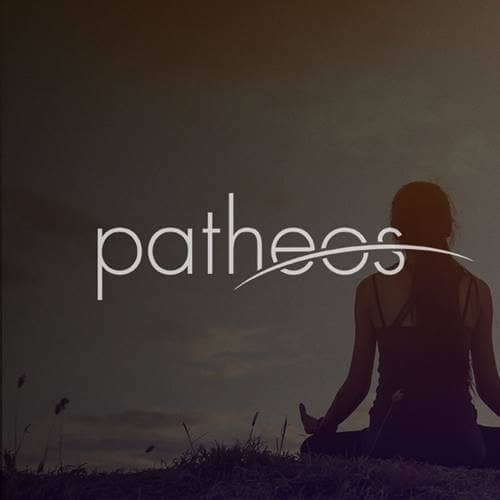- Trending:
- Pope Leo Xiv
- |
- Israel
- |
- Trump
- |
- Social Justice
- |
- Peace
- |
- Love
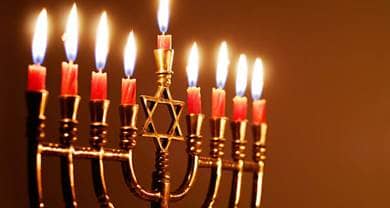
RELIGION LIBRARY
Judaism
Community Organization
In late antiquity and throughout the Middle Ages, Diaspora Jewish communities in Islamic and Christian countries enjoyed a great measure of self-governance, with autonomous institutions, including rabbinical religious courts that adjudicated both religious matters and civil disputes, and independent banking and taxation systems. In the period following the emancipation of European Jewry beginning at the end of the 18th century, Jewish communal organizations increasingly became parochial, volunteer, non-profit institutions.
The traditional Jewish community is referred to as the kahal or kehilla (the synagogue is to this day known is Hebrew as a kehilla kedosha or sacred society) and encompasses a wide array of charitable, religious, and social-welfare societies, known as chevrot (plural of chevra, which literally means brotherhood). The most important of these are the chevra kadisha, which is responsible for all the rites concerning the burial of the dead. Examples of other chevrot are chevra gemilat-hesed, which provides interest-free loans; chevra hakhnasat orchim, which provides home hospitality and food for wayfarers and the poor (especially on Shabbat and Jewish holidays); chevra tehilim, for regular recitation of Psalms and prayers for healing; and chevra Shas, which organizes regular classes in Talmud study.
In the modern period the work of many of these small individual chevrot was absorbed by umbrella communal organizations. In North America, the largest of these institutions is the United Jewish Communities (formerly known as the American Jewish Federation), most commonly known either as "the UJC" or "the Federation." The UJC is the principle philanthropic fund-raising institution for North American Jewry and it maintains multi-use Jewish community centers (JCCs). 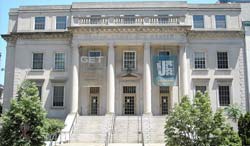 Almost every significant Jewish community in the United States and Canada, as well as many in Europe and South America, have JCC complexes, or campuses, that typically encompass a library, athletic facilities, kosher restaurant or cafeteria, and meeting rooms, and that sponsor programs for groups with special needs. Most Jewish Federations also maintain, or heavily support, assisted-living housing for the Jewish elderly that feature kosher food, on-site religious services, and Jewish cultural programming. One of the major focuses of the UJC has historically been raising funds for both local Jewish needs and a host of institutions in the State of Israel.
Almost every significant Jewish community in the United States and Canada, as well as many in Europe and South America, have JCC complexes, or campuses, that typically encompass a library, athletic facilities, kosher restaurant or cafeteria, and meeting rooms, and that sponsor programs for groups with special needs. Most Jewish Federations also maintain, or heavily support, assisted-living housing for the Jewish elderly that feature kosher food, on-site religious services, and Jewish cultural programming. One of the major focuses of the UJC has historically been raising funds for both local Jewish needs and a host of institutions in the State of Israel.
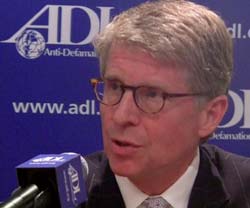 In the broader Jewish political realm, two major American Jewish organizations were founded in the early 20th century with the primary mission of protecting the Jewish community, across the denominational spectrum, from antisemitic oppression both in American and worldwide. The American Jewish Committee was founded in 1906 in response to the reports about widespread pogroms against the Jews of Russia. The Anti-Defamation League (ADL) was founded in 1913 in response to the lynching in Georgia of Leo Frank, a Jewish factory manager who was falsely accused of the rape and murder of Mary Phagan, a young Christian worker in his factory.
In the broader Jewish political realm, two major American Jewish organizations were founded in the early 20th century with the primary mission of protecting the Jewish community, across the denominational spectrum, from antisemitic oppression both in American and worldwide. The American Jewish Committee was founded in 1906 in response to the reports about widespread pogroms against the Jews of Russia. The Anti-Defamation League (ADL) was founded in 1913 in response to the lynching in Georgia of Leo Frank, a Jewish factory manager who was falsely accused of the rape and murder of Mary Phagan, a young Christian worker in his factory.
While both organizations remain dedicated to combating anti-Jewish prejudice, the ADL's mandate is today more narrowly focused on monitoring and actively responding to instances of bigotry, including not only antisemitic incidents, but all racist activities, and the organizations and public spokesmen who foment them. As such, it has worked closely with other institutions dedicated to fighting racial and religious prejudice, such as the NAACP and Southern Poverty Law Center.
The American Jewish Committee has long sponsored a broader educational and cultural agenda that includes interfaith dialogue with Christians and Muslims, public education about Judaism, and the publication of the prominent pro-Israel journal, Commentary. 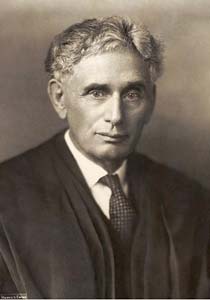 The American Jewish Committee maintains numerous community-relations boards across the country to foster positive inter-religious and inter-ethnic cultural relations with other minority communities.
The American Jewish Committee maintains numerous community-relations boards across the country to foster positive inter-religious and inter-ethnic cultural relations with other minority communities.
The other major national Jewish organization, the American Jewish Congress, was founded in the aftermath of World War I to advocate for the rights of displaced European Jews to immigrate to the United States. For many years, it was led by such luminaries as Supreme Court Justice Louis Brandeis and Rabbi Stephen S. Wise, and was the most politically outspoken, activist, and powerful Jewish advocacy group in the world.
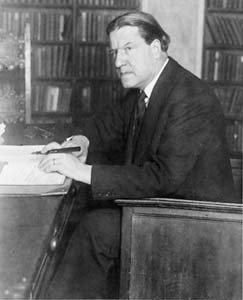 In 1936, leaders of the American Jewish Congress and a representative group of European Jews created the World Jewish Congress to deal with international affairs of Jewish concern in a similar matter—from fighting Nazism and Communist repression of Judaism in the Soviet Union, to supporting the creation of the State of Israel. The World Jewish Congress today enjoys NGO delegate status at the United Nations. The American Jewish Congress, which since 1936 has focused on North American issues, has maintained an activist, liberal political and legal agenda, from free speech and church-state separation to women's reproductive rights. The President of the American Jewish Committee at the height of the Civil Rights struggle in the deep south, Rabbi Joachim Prinz, was a principle organizer of the historic 1963 March on Washington and worked closely with Rev. Martin Luther King, Jr. in advancing equality for African Americans. Of the three major Jewish organizations, the American Jewish Committee is the most ideological liberal and politically activist.
In 1936, leaders of the American Jewish Congress and a representative group of European Jews created the World Jewish Congress to deal with international affairs of Jewish concern in a similar matter—from fighting Nazism and Communist repression of Judaism in the Soviet Union, to supporting the creation of the State of Israel. The World Jewish Congress today enjoys NGO delegate status at the United Nations. The American Jewish Congress, which since 1936 has focused on North American issues, has maintained an activist, liberal political and legal agenda, from free speech and church-state separation to women's reproductive rights. The President of the American Jewish Committee at the height of the Civil Rights struggle in the deep south, Rabbi Joachim Prinz, was a principle organizer of the historic 1963 March on Washington and worked closely with Rev. Martin Luther King, Jr. in advancing equality for African Americans. Of the three major Jewish organizations, the American Jewish Committee is the most ideological liberal and politically activist.
| American Jewish Committee | American Jewish Congress | World Jewish Congress |
| founded in 1906, in response to pogroms | founded after World War I | founded in 1936 |
| fosters interreligious and interethnic dialogue | politically powerful advocacy group | activist, liberal political advocacy |
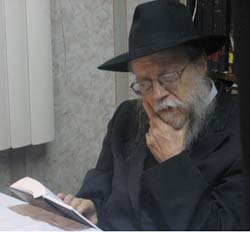
Most of the major Israeli political parties—from the secular Mapam Socialist Zionist Organization to the Orthodox Mizrachi Religious Zionist Organization—maintain branches throughout the Jewish Diaspora, many of which sponsor youth groups, educational programs, lecture series, summer camps, and a variety of organized trips and missions to Israel. In the United States, the two largest Zionist organizations are left-center American Zionist Federation and the more right-wing Zionist Organization of America (ZOA).
Religious life in the United States is also highly organized. There are no Jewish bureaucratic structures approaching the ecclesiastical centralization characteristic of the major Christian denominations. Individual Jewish congregations, their synagogues, and schools are legally constituted as private, not-for-profit institutions. Nevertheless, almost all major congregations are affiliated with one of the four major denominations of contemporary Judaism—Conservative, Orthodox, Reconstructionist, and Reform—each of which sponsors synagogue councils, rabbinical and cantorial associations, and seminaries for the training of their rabbis and cantors, as well as vocational placement bureaus for their alumnae.
Study Questions:
1. What is the kahal? How is it organized?
2. How has the institutionalism of Judaism helped to create community?
3. What is the Anti-Defamation League? How is it a political agent?
4. How are Jewish congregations organized within American culture?








